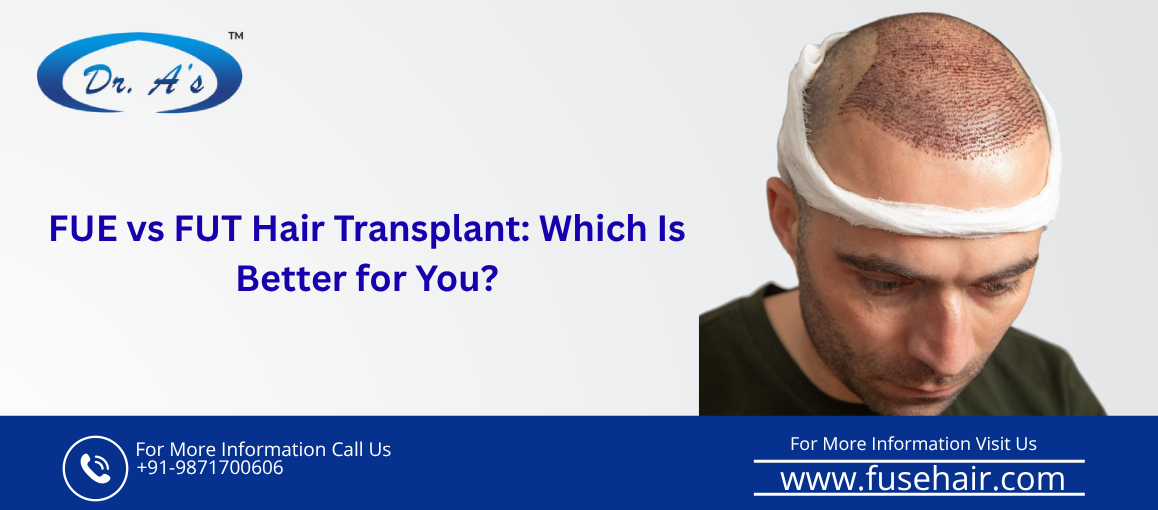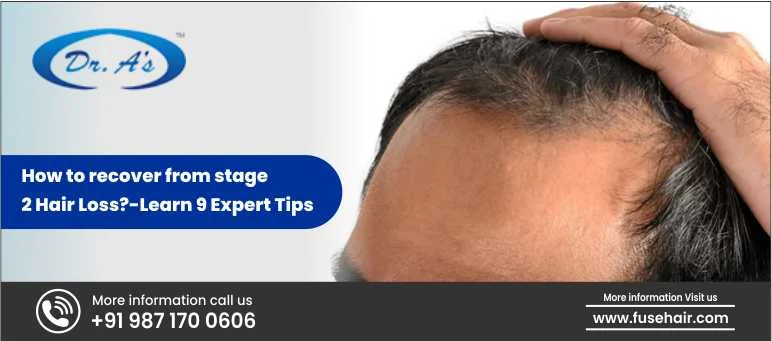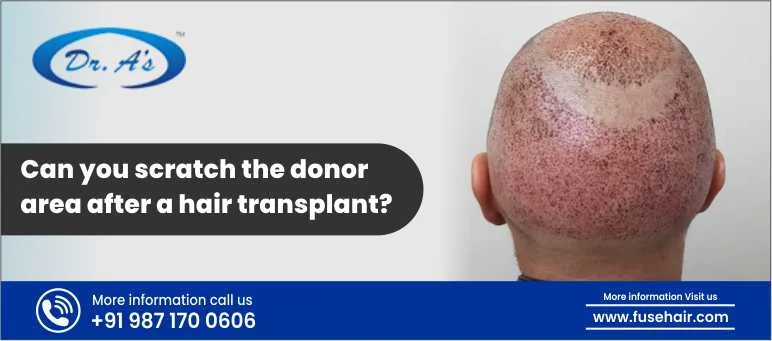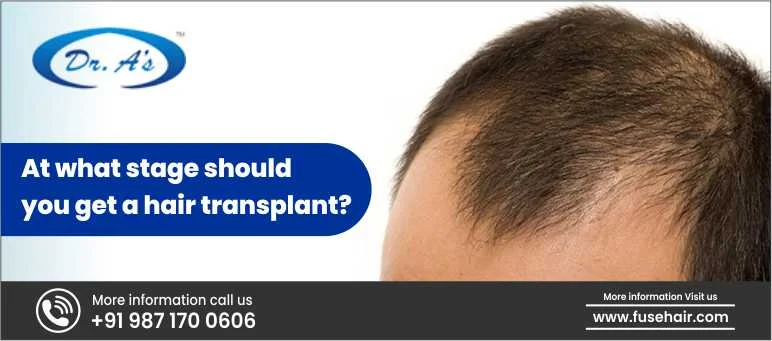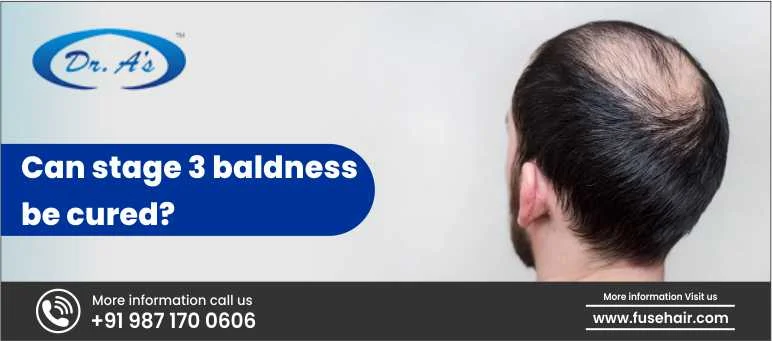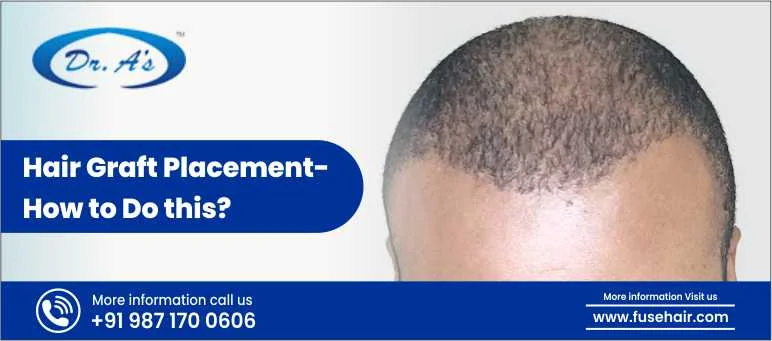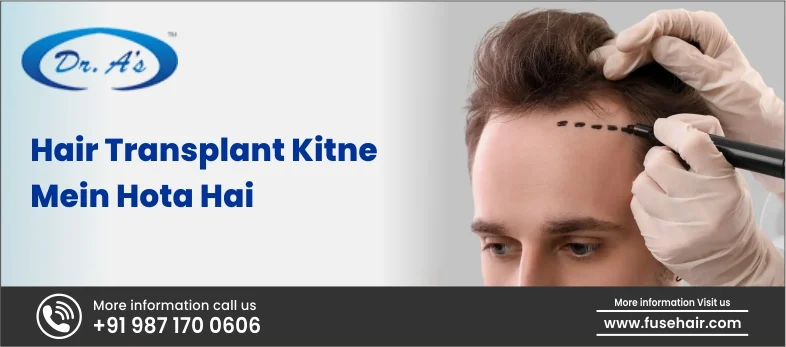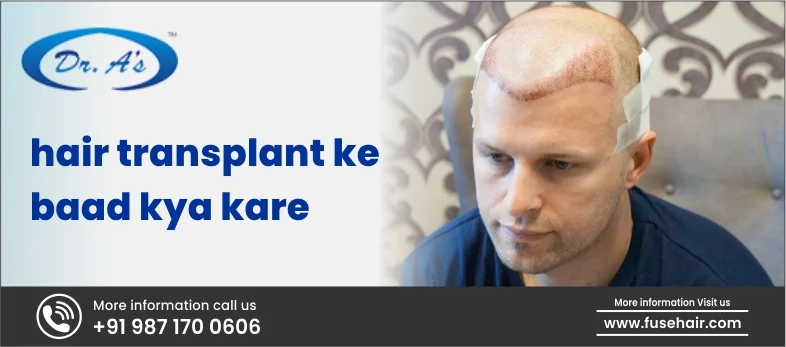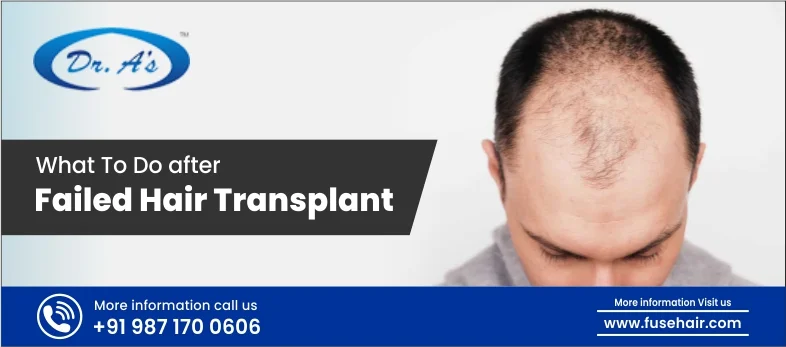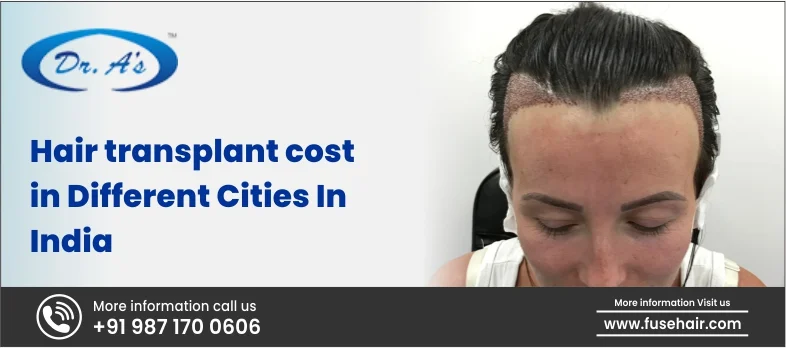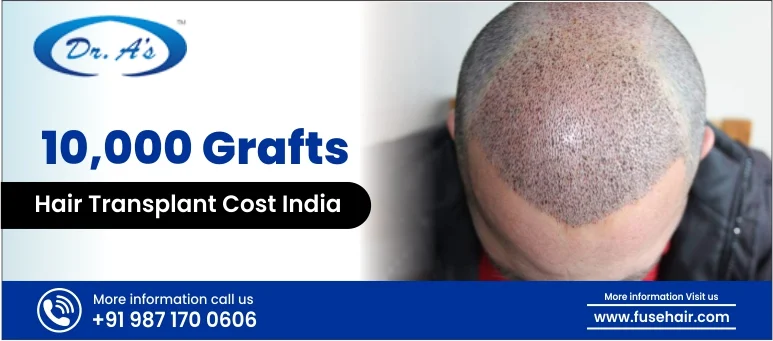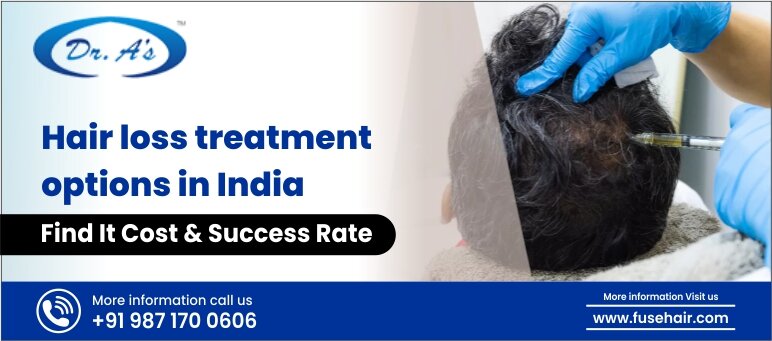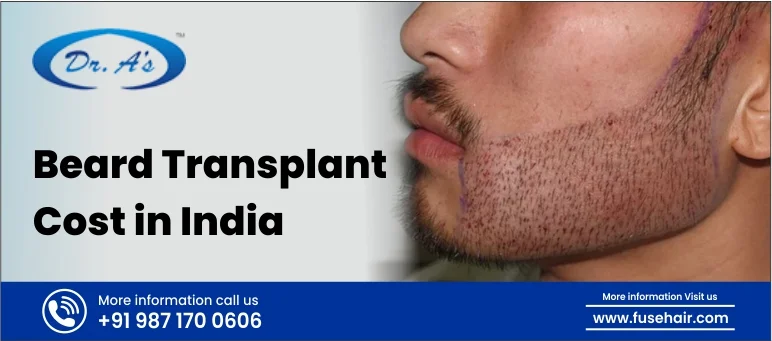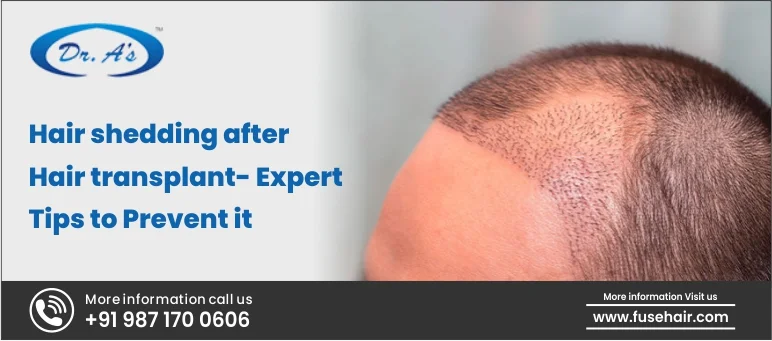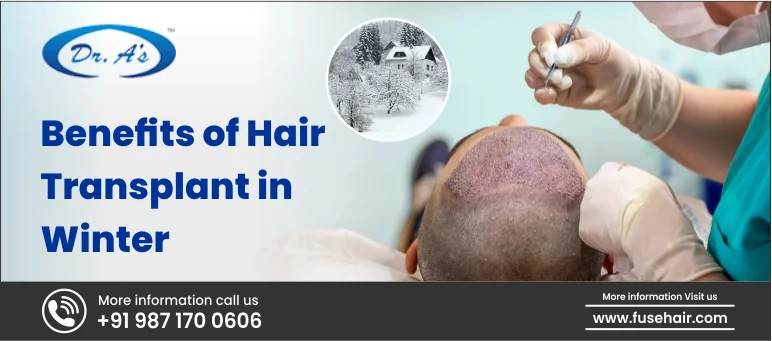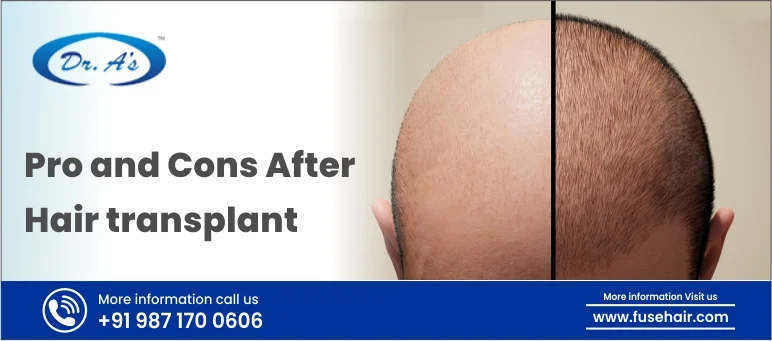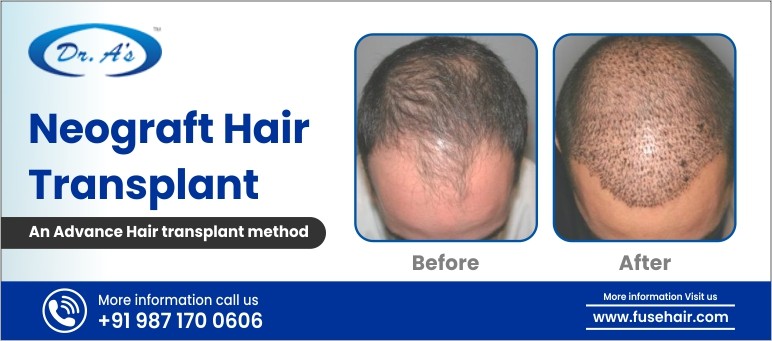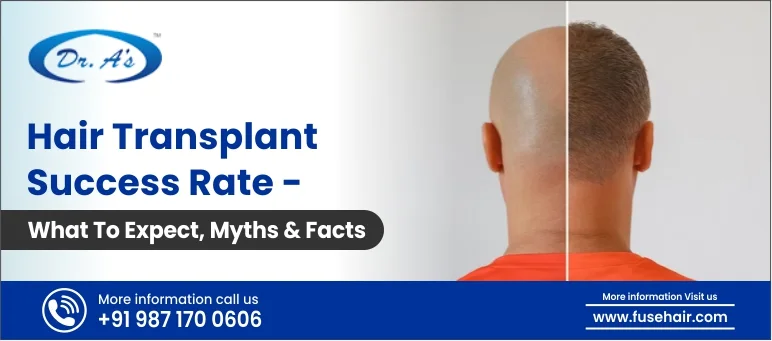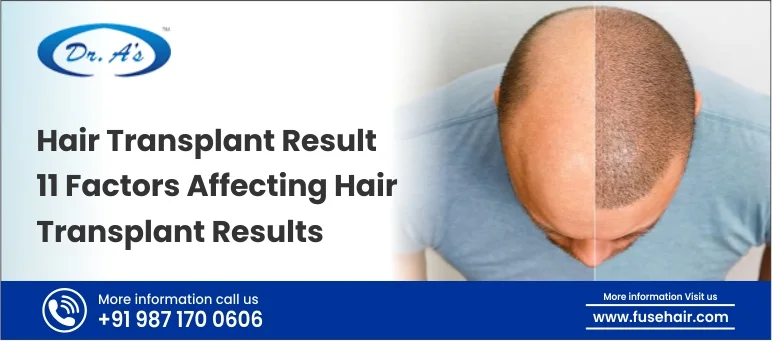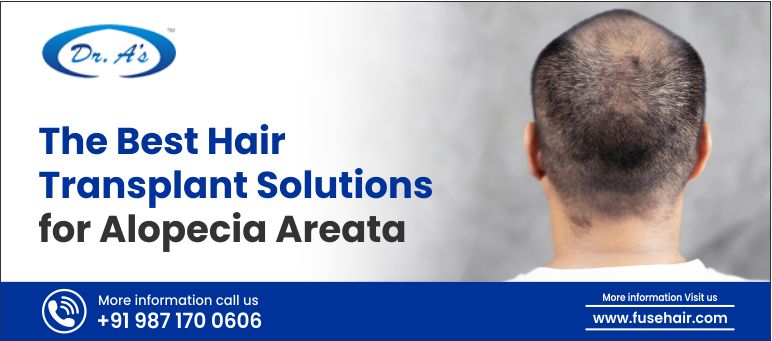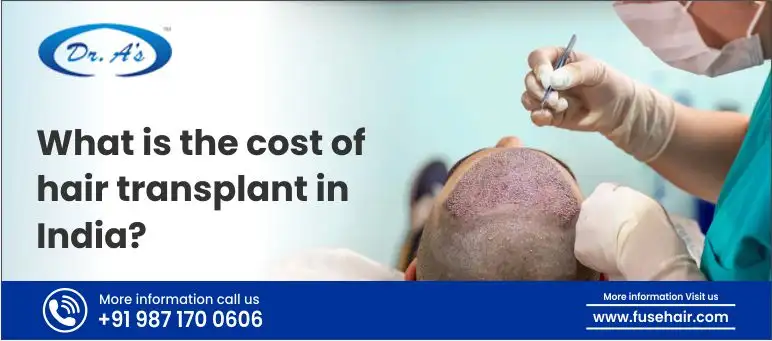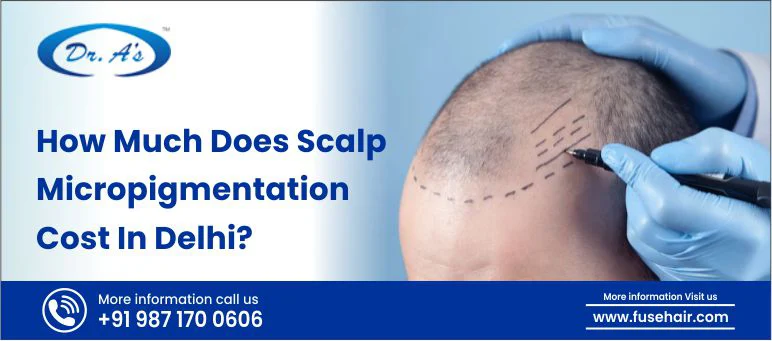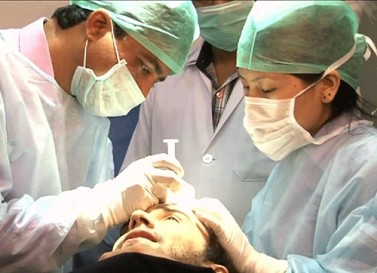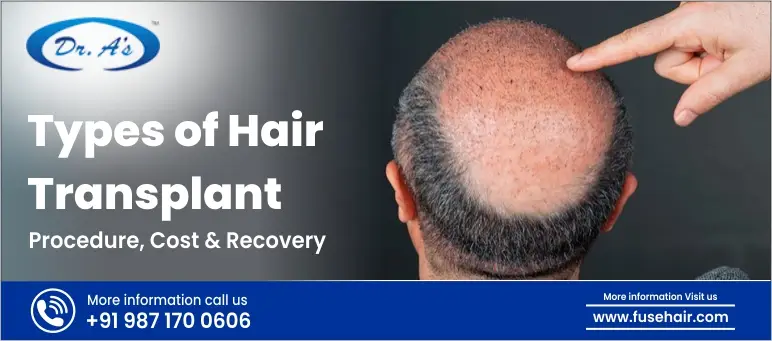
Hair loss, as the name suggests, is a type of ailment that manifests in one’s physical appearance through the loss of noticeable amounts of hair. Although not contagious and not causing any serious negative repercussions on the patient’s health, any type of hair loss can deliver a significant hit to one’s self-esteem.
However, thanks to leaps of progress in modern medicine and technology, several treatments have emerged as a successful solution to hair loss. A hair transplant is one such affordable and accessible solution. In this article, we shall take a look at the different types of hair transplant available, what the procedure entails, its cost, and the recovery period.
Types of hair transplants
Most people have a vague idea about what a hair transplant involves. However, there is a lack of knowledge when it comes to understanding the different types of hair transplant that one can choose to undergo and how these procedures differ. Below we have discussed the main types of hair transplants that a patient can undergo to resolve their predicament:
-
Follicular Unit Transplantation (FUT)
Follicular Unit Transplantation, commonly known as FUT hair transplant, is a medical process that involves the surgical extraction of a strip of hair-bearing scalp, usually from the back or sides of the scalp, for donation to a recipient area. After that, the strip is dissected into individual follicular units before being transplanted to the area where hair loss has significantly occurred.
While FUT does leave a linear scar along the donor area, it can usually be concealed by the surrounding hair. The main advantage of FUT is its potential for higher graft yield, making it an effective choice for individuals with advanced hair loss or those who desire maximum hair coverage in a single session.
Dr. Arvind Poswal specializes in FUT hair transplant and ensures meticulous hairline design and precision during the procedure, providing patients with natural-looking results.
-
Follicular Unit Extraction (FUE)
Follicular Unit Extraction, or FUE hair transplant, is a minimally invasive hair transplant method. Unlike FUT, this technique forgoes surgery and is performed through minuscule circular incisions made into the scalp through a tiny device. Individual hair follicles are drawn out from the donor area using that specialized instrument. These follicles are then transplanted with great care to the demarcated recipient area.
FUE offers several benefits, including minimal scarring, a quicker recovery time, and the ability to harvest hair follicles from different body parts (such as the beard or chest) in cases of limited donor supply. The extracted follicles are transferred and implanted into the patient’s desired region through meticulous planning and design to create a natural-looking hairline.
Dr. Arvind Poswal is renowned for his expertise in FUE hair transplant, which he utilizes to achieve excellent outcomes for his patients.
-
Scalp Micro-pigmentation (SMP)
Scalp Micro-pigmentation, or SMP, is a non-surgical hair restoration technique. This procedure involves depositing pigments on the scalp to replicate the appearance of hair follicles, giving the illusion of a closely cropped hairstyle.
Dr. Arvind Poswal’s expertise in SMP ensures natural-looking results by skillfully blending pigments to match the patient’s hair color and skin tone, providing a seamless and aesthetically pleasing outcome.
-
DHI (Direct Hair Implantation)
Direct Hair Implantation, commonly referred to as DHI hair transplant, is an advanced hair transplant technique that offers precise and efficient hair restoration. During the procedure, individual hair follicles are extracted from the donor area using a specialized device, creating tiny recipient sites for immediate implantation. This eliminates the need for creating incisions or channels beforehand.
DHI hair transplant allows for a high density of hair transplantation, resulting in natural-looking and dense hair growth.
Dr. Arvind Poswal, an expert in DHI, utilizes his expertise to ensure the accurate placement of each hair follicle, creating a well-defined and aesthetically pleasing hairline for his patients.
-
NeoGraft
NeoGraft is an innovative hair transplant technology with automated follicular extraction and implantation systems. The procedure involves the extraction of individual hair follicles from the donor area using pneumatic pressure. These follicles are then implanted into the recipient area with precision.
NeoGraft offers several advantages, including minimal scarring, reduced healing time, and the ability to extract follicles from various parts of the body, such as the chest or beard, for transplantation.
Dr. Arvind Poswal, with his expertise in NeoGraft, combines the benefits of this advanced technology with his surgical skills to provide patients with natural-looking hair restoration results and a comfortable experience.
Hair Transplant Cost
The minimum cost of hair transplant in India starts from about INR 25,000, while the average price is usually around INR 57,633. The expense incurred can vary based on several factors, including the type of procedure, the extent of hair loss, the clinic’s location, and the surgeon’s expertise. Dr. Arvind Poswal offers personalized treatment plans tailored to each patient’s specific needs and budget, ensuring the cost is reasonable while maintaining the highest standard of care and results.
Recovery Process
The recovery process after a hair transplant varies depending on the procedure. Generally, patients may experience mild discomfort, swelling, and scabbing in the recipient and donor areas.
During the initial days following the transplant, it is essential to keep the scalp clean and free from any potential sources of infection. Patients are advised to gently wash their scalp with mild shampoo as instructed by their surgeon. Avoiding excessive touching, scratching, or picking at the transplanted area is crucial to prevent any damage to the newly implanted hair follicles.
Patients should also follow the recommended medication regimen, which may include antibiotics to prevent infection and pain relievers to manage discomfort. It is advisable to avoid strenuous physical activities, direct exposure to sunlight, and the use of hair styling products during the initial recovery period.
Pros & Cons Of Hair Transplant
If you are considering undergoing it, here is a list of its pros and cons.
-
Pros of Hair Transplant
-
Natural Results
Both FUE and FUT techniques in India yield natural-looking hairlines when executed by skilled surgeons. These are the two types of hair transplant.
-
Permanent Restoration
Transplanted hair offers a long-term solution. This contributes to increased confidence and self-esteem.
-
Versatility
Effective for diverse hair types found in the Indian population, accommodating various textures and colors.
-
Minimal Scarring
FUE leaves tiny, almost imperceptible scars. It is suitable for those who prefer shorter hairstyles.
-
Outpatient Procedure
These are typically performed as an outpatient procedure. It enables a swift return to daily routines.
-
Long-Term Value
Despite initial costs, the longevity of the results makes it a worthwhile investment in the long run.
-
Cons of Hair Transplant
-
Cost Variation
FUE procedures tend to be more expensive than FUT. This is due to the intricacy of individual graft extraction.
-
Risk of Complications
Potential postoperative risks such as infection or bleeding can occur. Although it is uncommon.
-
Scarring
FUT, one of the different types of hair transplant, leaves a linear scar. This might be noticeable if opting for shorter hairstyles.
Conclusion
Hair transplant procedures have revolutionized the field of hair restoration, offering a long-term solution for individuals experiencing hair loss. Patients can benefit from personalized treatment plans and experienced surgeons who ensure meticulous hairline design and precise transplantation. Thus, different types of hair transplants provide patients with the opportunity to enjoy a permanent improvement in their hair’s appearance. The procedure, in its entirety, may involve some temporary discomfort, but with proper post-operative care and follow-up appointments, patients can expect optimal results.
So, if you’re considering a hair transplant, a consultation with Dr. Arvind Poswal can be a step towards regaining your confidence and achieving the desired outcome. With his expertise, attention to detail, and commitment to natural-looking results, he ensures that patients receive the highest level of care throughout their hair restoration journey.
FAQ
Is a hair transplant a good solution for hair loss?
Yes, a hair transplant is a great solution for hair loss. People experiencing hair issues can undoubtedly choose a hair transplant as a method to regrow hair. Also, processes like FUE and FUT are tailored to individual needs. This makes hair transplant a worthwhile choice.
Who is eligible for a hair transplant?
The eligibility criteria for a hair transplant depends on various factors. For example, the extent of hair loss is one of the primary concerns. Donor hair quality and the receiver’s scalp conditions, along with their overall health, are also considered before one becomes eligible for a hair transplant.
Is hair transplant very costly?
The hair transplant cost is not very high. However, it again depends on the choice of surgeon and method opted by you. For instance, FUE hair transplants are generally costlier compared to FUT.
What not to do after a hair transplant procedure?
After you have undergone a hair transplant, your doctor will guide you on things to avoid. For instance, you should not be touching your hair or picking it too much for the first few weeks. Secondly, avoid strenuous activities like weight lifting. You should not consume alcohol or smoke cigarettes. And most importantly, avoid hair styling products for the first few weeks.
Should I choose FUE or FUT hair transplant?
Whether you should go for FUE or FUT depends on your hair issue and your expectations. Generally, if you are suffering from less or moderate hair loss, FUE is recommended. Meanwhile, if you have extensive hair fall, doctors opt FUT. However, FUE has a shorter recovery period compared to FUT. The price is also different for both. So you have to make the decision based on all these factors.
Which is the best season for undergoing a hair transplant?
Winter is the best season for hair transplants. This is because there is less sun exposure. Also, the cold weather makes sure you don’t sweat much. This keeps the scalp clean, and the recovery is also good.
How do I prepare myself for a hair transplant?
Firstly, have a consultation with your doctor. Do as they advise. Take any medications or hair products, according to your surgeon’s guidance. Secondly, try keeping your scalp clean so that there is no chance of infection at the site during and after the transplant.
What is the success rate for hair transplants?
The success rate for types of hair restoration is very high in India. People with hair loss are seeing permanent results with hair transplants, and this has made it such a good choice.



















